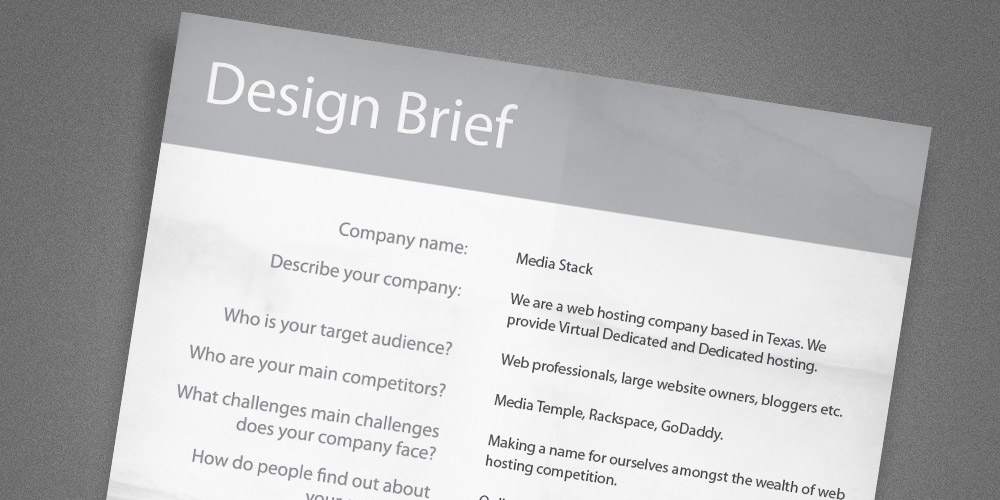In today’s fast-paced world, time is a valuable commodity. With the rapid advancements in technology and communication, people are bombarded with more information than ever before. In this sea of data, it is important to be able to effectively convey your message in a concise and efficient manner. This is where the art of being brief comes into play. Being brief does not mean compromising on the quality or content of your message; rather, it involves using the right words and techniques to get your point across in a clear and succinct manner. In this article, we will explore the importance of being brief and provide tips and strategies to help you master this skill.
What Does it Mean to Be Brief?
Before we delve into the techniques and strategies for being brief, let us first define what it means to be brief. According to Merriam-Webster dictionary, the word “brief” is defined as “short in duration, extent, or length.” However, when it comes to communication, being brief goes beyond simply using fewer words. It also involves condensing and summarizing information to convey a message efficiently.

In communication, brevity extends beyond using fewer words; it includes condensing and summarizing information effectively to convey a message efficiently
The difference between brevity and conciseness is an important distinction to make. While brevity focuses on the length of the message, conciseness refers to the use of precise and efficient language. Being concise means using the right words to convey your message without sacrificing clarity or accuracy. In other words, being brief is about using fewer words, while being concise is about using the right words.
In today’s society, where people are constantly bombarded with information from various sources, being brief has become more important than ever. With the rise of social media and 24-hour news cycles, people have shorter attention spans and less time to absorb information. This makes it crucial for individuals and organizations to be able to communicate effectively in a concise and efficient manner.
The Benefits of Being Brief
- Timesaving for both the speaker/writer and the audience/reader
One of the most significant benefits of being brief is that it saves time for both the speaker/writer and the audience/reader. When you are able to convey your message in fewer words, you save time for yourself and others. This is especially valuable in professional settings where time is limited and every minute counts. By being brief, you can avoid lengthy meetings or presentations, allowing you and your audience to focus on other tasks.
- Increased clarity and understanding of the message
Being brief also leads to increased clarity and understanding of the message. When a message is concise and to the point, it is easier for the audience/reader to comprehend and retain the information. On the other hand, a lengthy and convoluted message can confuse and overwhelm the audience, leading to a lack of understanding and retention of information.
- Improved retention and recall of information
Studies have shown that people remember information better when it is presented in a concise and organized manner. By being brief and getting straight to the main point, you increase the chances of your audience retaining and recalling the information. This is especially important in educational settings, where students are bombarded with large amounts of information. By using brevity and conciseness, educators can ensure that their students remember the key concepts and main points.
Strategies for Being Brief
Now that we have established the importance and benefits of being brief, let us explore some strategies to help you become a more efficient and effective communicator.
- Know your audience
One of the essential factors in being brief is knowing your audience. Different groups of people have different levels of knowledge and understanding, and it is crucial to tailor your message accordingly. For example, if you are giving a presentation to experts in a particular field, you can use technical terms and industry jargon. However, if your audience is not familiar with these terms, you may need to provide explanations or examples to aid their understanding.
- Eliminate unnecessary information
Identifying the main point or objective of your communication is crucial in being brief. Once you have established this, you can eliminate any irrelevant details that do not contribute to your main message. This could include personal anecdotes, tangents, or excessive background information. By sticking to the main point, you can avoid wasting time and ensure that your message is clear and concise.
- Use precise and powerful language
Choosing the right words is crucial in being brief. Using vague or ambiguous language can lead to misunderstandings and confusion. Instead, opt for precise and powerful words that convey your message clearly and effectively. This will also help you cut down on unnecessary words and phrases. For example, instead of saying “in the event that”, simply say “if.”
- Utilize visual aids
Sometimes, a picture is worth a thousand words. Visual aids such as tables, charts, and diagrams can be an effective way to convey information quickly and efficiently. If appropriate, consider using visual aids in your presentations or reports to supplement your message. However, it is crucial to use them sparingly and ensure that they are easy to understand. A cluttered or confusing visual aid can be counterproductive in being brief.
- Practice, practice, practice
As the saying goes, practice makes perfect. Rehearsing your message beforehand can help streamline your thoughts and delivery. This is especially useful for oral presentations, where time management is crucial. By timing yourself during practice runs, you can ensure that you are within the desired timeframe and make any necessary adjustments to be more concise.
Tips for Being Brief in Different Forms of Communication
Different forms of communication require different techniques to be brief effectively. Let us explore some tips for being brief in oral presentations/speeches and written communication.
- Oral presentations/speeches
- Use a clear structure: Having a clear structure for your presentation helps both you and your audience stay on track. This could include using headings, subheadings, and bullet points to divide your information into manageable sections.
- Transition smoothly between main points: A smooth transition between main points can help keep your audience engaged and focused. It also avoids repetition and ensures that your message flows logically.
- Utilize body language and tone of voice: Non-verbal cues such as body language and tone of voice can help emphasize your key points and make your presentation more engaging. However, it is essential to use them appropriately and avoid distracting or exaggerated gestures.
- Practice pacing and pausing: Speaking too quickly can make it difficult for your audience to absorb information. On the other hand, speaking too slowly can lead to boredom and loss of interest. Practice pacing and pausing to allow your audience time to process the information and ask questions if needed.
- Written communication
- Use headings, subheadings, and bullet points: Breaking up lengthy text with headings, subheadings, and bullet points can make it easier for readers to scan and absorb information quickly. This is especially useful in online content, where people tend to skim rather than read in-depth.
- Stick to one main idea per paragraph: By limiting each paragraph to one main idea, you can avoid confusing your readers with too much information. This also makes it easier to cut down on unnecessary details and stay focused on the main message.
- Edit and revise for conciseness and clarity: It is essential to review and edit your written work for brevity and clarity. Reading your text aloud can help identify any repetitive or wordy sentences that can be improved.

Various types of communication demand distinct methods to achieve brevity effectively
Common Pitfalls to Avoid
In our quest to be brief, there are a few traps that we must be aware of and avoid.
- Redundancy
One of the most common pitfalls to avoid in being brief is redundancy. This could include repeating information unnecessarily or using filler words and phrases that do not contribute to the message. For example, instead of saying “I just wanted to let you know”, simply say “I wanted to let you know.”
- Jargon and technical language
Using jargon and technical language without providing explanations or context can cause confusion and undermine the effectiveness of being brief. If your audience is not familiar with these terms, make sure to define and explain them to aid their understanding.

Employing specialized terms and technical language without offering explanations or context can lead to confusion and diminish the effectiveness of concise communication
- Rambling or going off on tangents
Another common pitfall is rambling or going off on tangents. While personal anecdotes or humor can be effective in engaging your audience, it is important to stay focused on the main point. Going off on tangents not only takes up valuable time but may also distract your audience from the main objective.
Conclusion
In today’s fast-paced world, being brief has become an essential skill in effectively communicating ideas and information. By mastering this skill, you can save time, improve clarity and understanding, and increase retention and recall of information. Utilizing strategies such as knowing your audience, eliminating unnecessary information, using precise language, and utilizing visual aids can help you become a more concise and efficient communicator. However, it is crucial to avoid common pitfalls such as redundancy, jargon, and rambling. With practice and determination, anyone can become a master at being brief. Remember, brevity may be the soul of wit, but it is also the key to effective communication.
